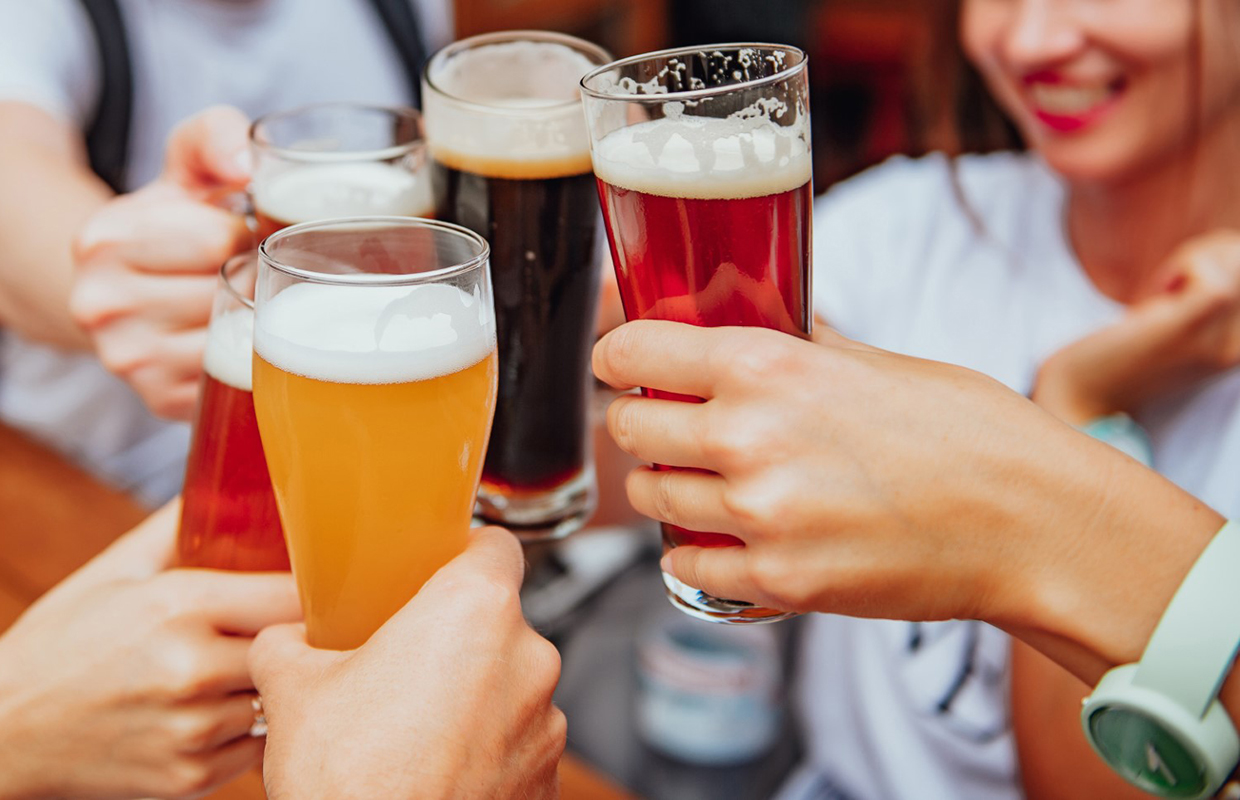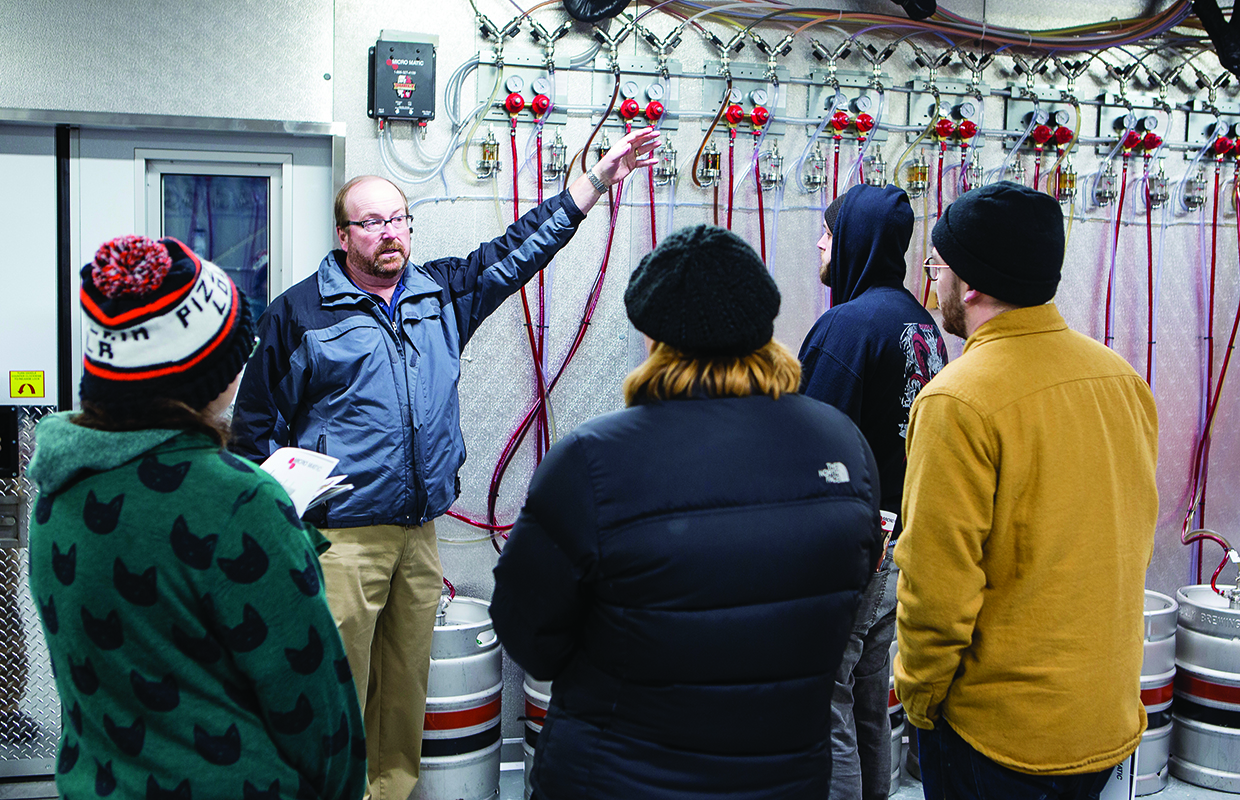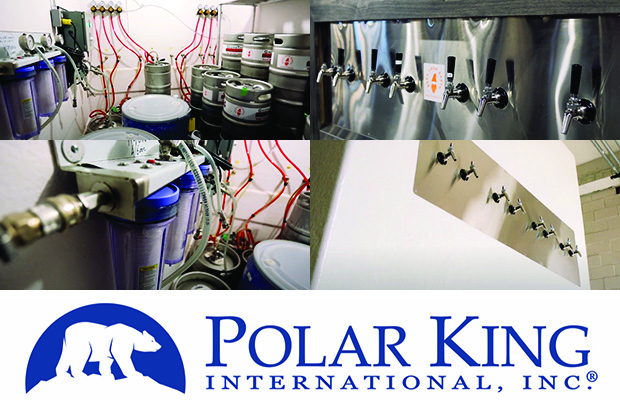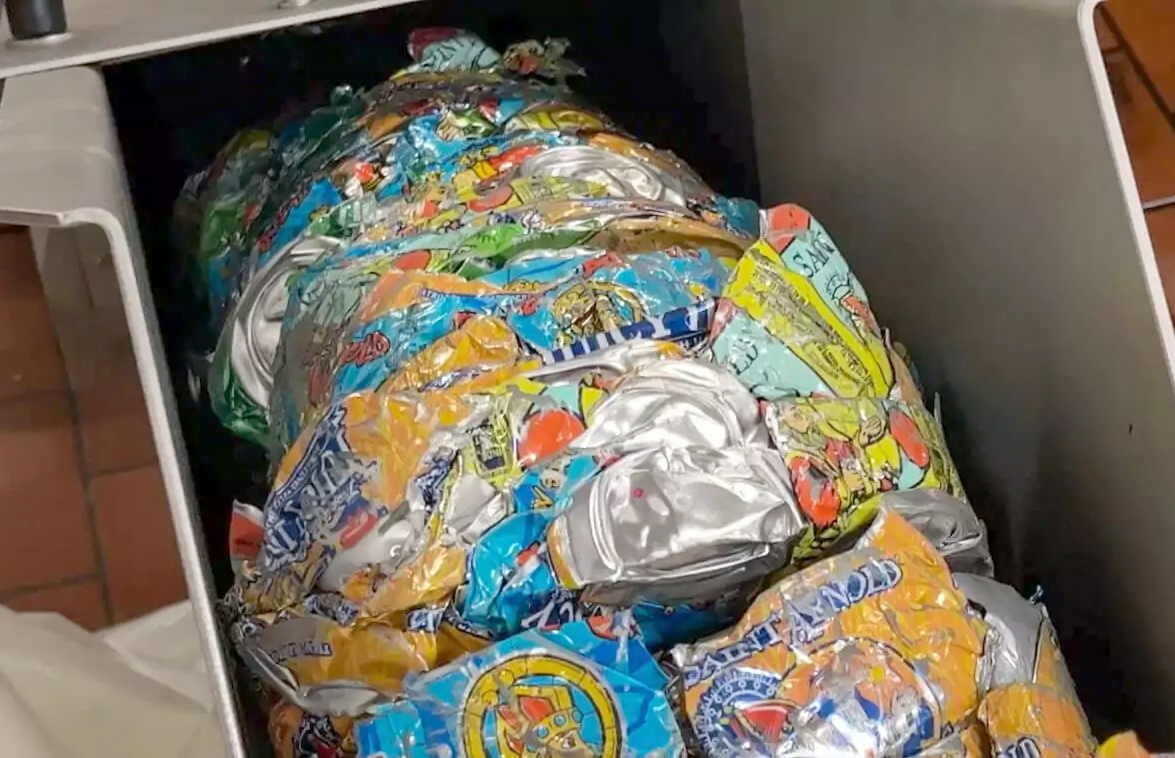
Let’s face it — in today’s taproom if you’re not innovating you could be missing out on opportunities that enhance the overall drinking experience for your customers. As consumers continue to crave new flavors, new formats, and trendy new experiences, it is critical for brewers to expand their horizons and grow their arsenal of beverages to include more than traditional craft brews. Today’s drinker has discretionary dollars to spend, and they’re looking to “adventure drinking” to satisfy their desire for exciting taproom experiences. This is especially true of today’s younger Millennial and Gen Z drinkers who have more global and experimental tastes than their older craft aficionados and are more open to and knowledgeable of a range of fermented beverages. They’re also seeking out new beverages for health and wellness reasons, such as gluten-free or low-carb diets. Plus, today’s taprooms are welcoming more diverse crowds — from gender, age, and cultural backgrounds. A more varied portfolio combined with a unique taproom experience is a winning recipe for driving more traffic. It’s truly an exciting time for our industry.
So, who exactly is sitting in today’s taproom and what motivates them? First, today’s drinker is… well, everyone. We’re seeing a much more eclectic group than we’ve ever seen before, from younger drinkers in their 20s and 30s who tend to have fewer brand allegiances and crave novel experiences, to those in their 40s to 70s who grew up on craft beer yet are becoming more curious about current beverage trends. These days, even those not typically seen in a taproom might be swapping a cocktail for a fruity ready-to-drink (RTD) option. While there will always be craft beer lovers, it’s important for brewers to look to innovation to adapt to the changing market and continue to grow revenue. According to the Brewers Association’s midyear 2023 survey results, the craft beer industry is leveling off after years of growth followed by two years of a unique market due to COVID-19. The report states that this is indicative of a maturing era for the craft beer industry, as the data reveals a low single-digit decline of -2% in the market.1
This is where the “4th Category” becomes a brewer’s secret weapon. The 4th Category includes any beverage that is not traditional beer or wine; this can be very broad to encompass anything from ciders, seltzers, RTDs, hard teas, and beyond. Hard seltzers, for example, are expected to grow at a compound annual growth rate (CAGR) of 19.8% from 2023 to 20302. This surge in market demand for hard seltzers is driven in part by its lower alcohol content which appeals to younger consumers who are “sober-curious” or looking for healthier alcoholic beverage options. Here at Oregon Fruit Products, we’ve been watching all these trends closely and have seen more and more traditional craft brewers expand their expertise and offerings to include seltzers and other RTDs to appeal to the varied tastes of this new audience.
Here are a few keys to success when branching out into the 4th Category:
- Bench talking, testing, planning, repeat. Look for partner suppliers like Oregon Fruit Products that can provide free samples for this process and help with recipe development.
- If your recipe doesn’t cut it at first, don’t give up… and don’t settle! Try again.
- Test your new recipe with your team and some of your most trusted customers.
- Think about your goals for introducing a new 4th Category beverage because it is an investment of time. Consider your end game. Are you introducing new beverages for the long term or for a limited release? Both are fine, but you need to clearly define your goals from the get-go. How are you differentiating your offering from your competition?
- Don’t worry if it’s a bit daunting getting started. Lean on partners who can provide insights and knowledge, like Oregon Fruit Products with 30-plus years of key learnings and experience helping brewers innovate.
- If you’re just beginning to diversify within the 4th Category, starting with RTDs or hard seltzers can be a great entry point. Ciders tend to be more complicated to create and require different licensing. For RTDs and hard seltzers, however, the barrier to entry is much lower and the sky is the limit when it comes to innovation and flavor adventure.
A simple, yet effective, way to innovate in the RTD and hard seltzers space is to incorporate real fruit. This speaks to today’s more health-conscious consumer lifestyle by lending a sense of wholesomeness, fresh flavor, and healthy functional benefits. Fruit naturally inspires recipe innovation, giving brewers a new ingredient to play with and broadens the scope of what is possible. And new fruited beverages give your front-of-house team something exciting and fun to speak to — whether that is a seasonal new fruit, a unique fruit combination, or tastes that transport a patron back to an amazing tropical vacation.
Plus, real fruit is easy to integrate into your recipes. Here at Oregon Fruit, we love working with brewers to help them create new recipes, while providing guidance and technical support. Our aseptic real fruit purees, for example, can offer a powerful base of fruit flavor with beautiful color, aroma, and better taste, which our customers can then use as an upsell opportunity by noting their beverages are made with real fruit. Concentrates are ideal for RTDs and seltzers to enhance or build nuance into recipes. Again, real fruit makes the difference. While some beverage brands use fruit “essence” and flavors, the brands that stand out for quality and flavor are those that use real, fruit-based ingredients.
Another strategy for driving innovation and traffic is to take a fresh look at the experience of your taproom itself. In my opinion, the successful taproom is a blend of art and science. You must marry the front-of-house and back-of-house; from your beverages, food menu, atmosphere, and the interactions between your staff and patrons. There is a special type of comfort in a taproom that goes beyond your local bar. Taprooms are rich in culture, friendly conversations, and great music. It’s where you go to banter with your buddies. Eating is also an experience at taprooms. There are just shy of 9,500 breweries operating in the US today3 and they depend on their taprooms to drive revenue.
Focus on your own vibe. What makes you unique compared to the ten other taprooms down the street? One way to set yourself apart is by training your front-of-house staff on the unique aspects, specialty ingredients, and key differentiators of your beverages. Ensure your team is deeply knowledgeable on your beer and beyond beer, or 4th category, offerings so that they can sell the “wow” factor to your patrons. Creating this personal interaction conveys your commitment to providing quality, innovation, and an exceptional experience.
Having spent 30 years of my career in the craft beer business, I’m incredibly energized by the innovation I see happening in our industry and excited to see our great taprooms welcoming more new patrons through their doors. Cheers to all of you; and remember, keep pushing that bar!
1Brewers Association, “2023 Midyear Survey” Report
2Grand View Research, “Hard Seltzer Market Size, Share and Trends Report, 2030”
3Brewers Association, “2023 Midyear Survey” Report




Be the first to comment